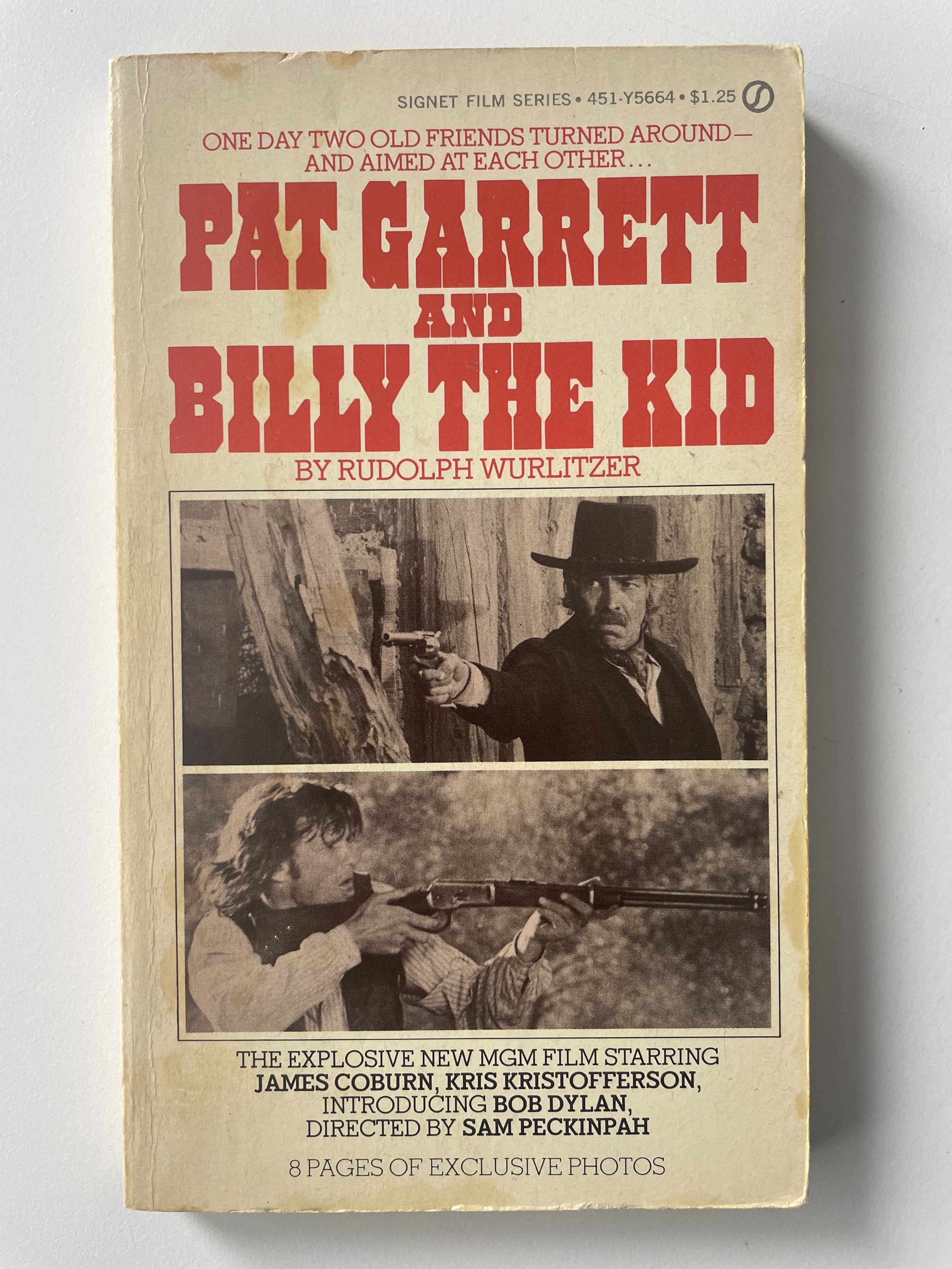It’s fifty years since Pat Garrett and Billy the Kid’s theatrical release in 1974; a truncated version of Peckinpah’s vision for the film. It’s now thirty-six years since the first of two preview versions played the art house circuit. These two cuts were the last the director worked on before walking away following demands to trim down its running length. Seventeen years later, in 2005, that longer cut was released on a DVD supplemented with a ‘Special Edition’ that had the ambition to tidy-up the preview spools and present something closer to what the editors understood Peckinpah would have ended up with if left to his own devices.
Now Criterion has pulled together the final preview cut on Blu-Ray, its first digital airing, and 4K UHDs of the original release and yet another attempt to make the best of what Peckinpah left behind. If I’ve counted right this means five versions are now available on DVD, Blu-Ray and 4K UHD.
Neither the 2005 Special Edition or Fiftieth Anniversary cut are produced with the Peckinpah aficionado in mind. They are for the general viewer looking for a more polished assembly, the Anniversary issue especially so. It is like a Steve Wilson remix of some classic album presented anew in Dolby Atmos – designed to appeal to those with the latest home cinema set up and to be sold to streaming platforms.
The latest re-edit by Peckinpah’s most diligent biographer, Paul Seydor, and original editor Roger Spottiswoode will be to some an act of welcome gentrification; a necessary clean-up and rebooting – a more aesthetically conventional spectacle. For myself, it is the lesser of all available versions. I get that the two preview cuts have their longueurs, scenes that drag on just a might too long, awkward transitions, irregularities in colour and light, jarring edits, redundant dialogue, which if he hadn’t thrown in the towel, Peckinpah would certainly have edited down. But, as it now stands, too many of the trims and the general prettifying of the image and the soundtrack just strike me as egregious. None more so than shortening the opening framing device of Garrett’s assassination and losing the closing frame altogether in the posthumous editions.
In his definitive history of the film, Seydor gives a sterling defence of the decisions they took in producing the 2005 version and those justifications could just as well be used for the latest iteration. One can get somewhat disorientated and dismayed trying to figure out what’s present and what’s missing with each release, but each better helps elucidate whatever ideal the viewer has in mind.
For myself, I’m just glad there are people out there who care enough to make sure the film is available and readily accessible to all who want to watch it in whatever cut they choose.
Fact is, it was always one big beautiful mess of a film. Just like Iggy and the Stooges’ Raw Power, in whichever mix, it was enhanced by the disarray, false steps and bad choices in both its recording and release – good art, especially film and pop, never reaches for perfection; its ambition is to corrupt the absolute – to tear it up. Filmmakers are, or should be, in the more lowly business of figuring out how, in Samuel Fuller’s immortal words, you can ‘grab ‘em by the balls’. Regardless of the edit, Pat Garrett and Billy the Kid is what Fuller would call a ‘pisscutter’ of a movie.








